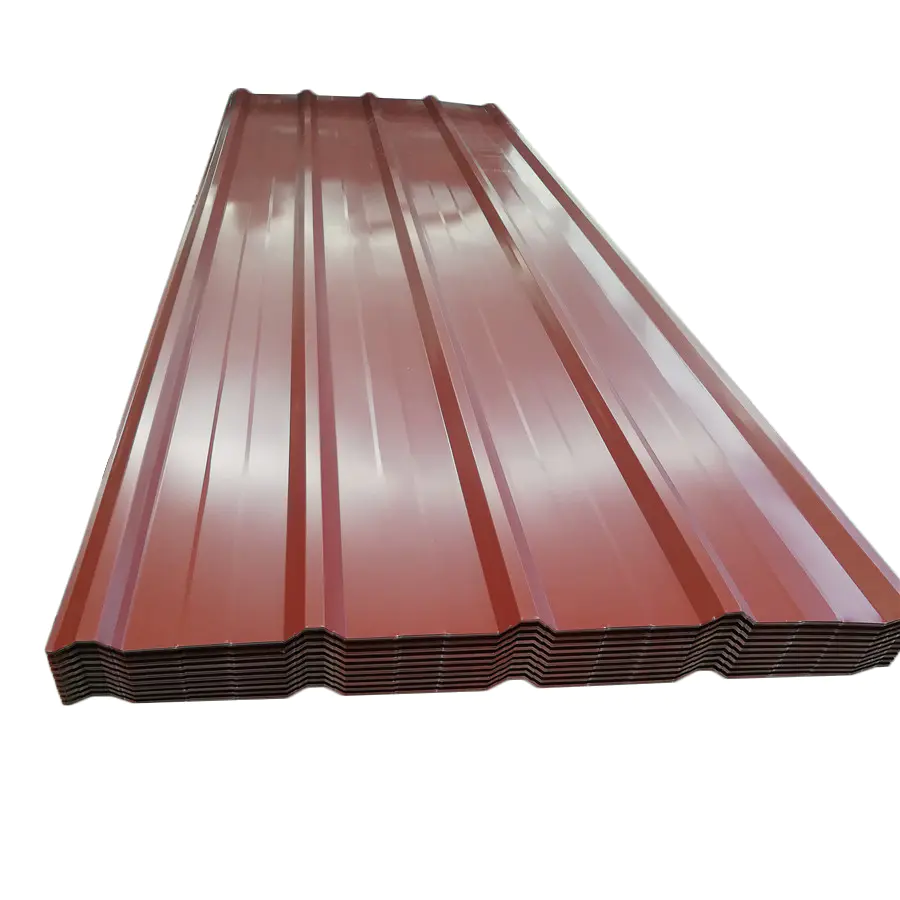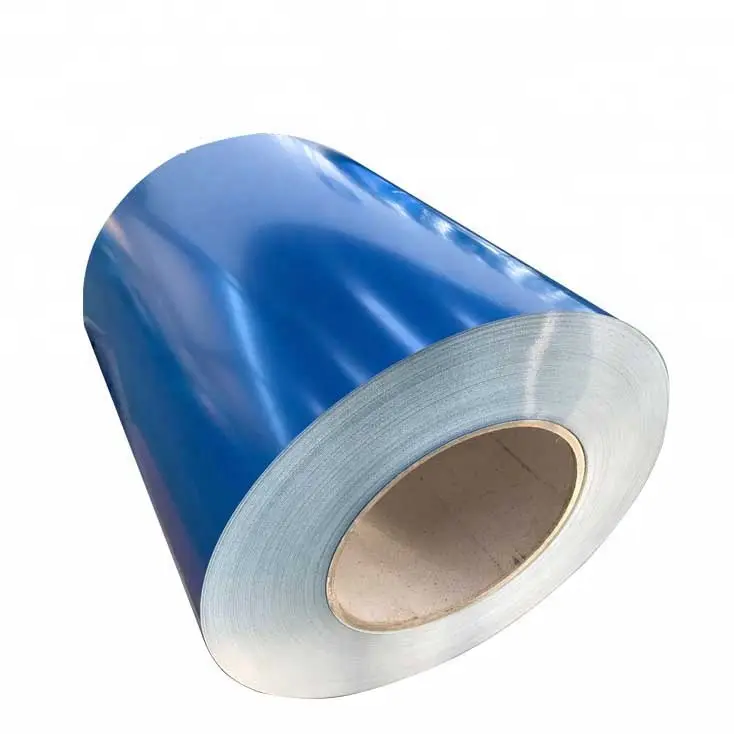In the world of construction, efficiency is a key consideration. Steel purlins, with their lightweight yet high-strength characteristics, are making a significant impact on building efficiency in several ways. The lightweight nature of steel purlins is a major advantage. It makes them easier to handle and install compared to heavier construction materials. This reduces the need for heavy lifting equipment and labor, saving time and costs. Workers can move and position steel purlins more quickly and easily, speeding up the construction process. Moreover, the lightweight property of steel purlins also reduces the overall weight of the building structure . This can have several benefits. For one, it may allow for the use of a smaller foundation, which can save on construction costs and excavation time. Additionally, a lighter structure is less likely to cause excessive stress on the surrounding soil and terrain, reducing the risk of settlement and damage. At the same time, the high strength of steel purlins ensures that they can withstand the various loads and forces that a building is subjected to. They can support heavy roofing materials, wind loads, and snow loads without sagging or deforming. This provides a stable and reliable structural framework, enhancing the safety and durability of the building. The combination of lightweight and high strength also allows for more flexible design options. Architects and engineers can create innovative and aesthetically pleasing designs that may not be possible with heavier materials. Steel purlins can be shaped and fabricated to meet specific design requirements, enabling unique architectural features and functionality. In terms of construction time, the use of steel purlins can significantly reduce the overall project duration. Their ease of installation and high strength mean that construction can progress more quickly and smoothly. This can lead to earlier project completion and occupancy, which is beneficial for both builders and clients. Furthermore, the durability of steel purlins contributes to long-term building efficiency. They are resistant to corrosion, fire, and other environmental factors, reducing the need for frequent maintenance and repairs. This saves on ongoing costs and ensures the longevity of the building. In conclusion, the lightweight and high-strength characteristics of steel purlins have a profound impact on building efficiency. They offer ease of installation, reduced construction time and costs, flexible design options, and long-term durability. As the construction industry continues to seek more efficient and sustainable solutions, steel purlins are likely to play an increasingly important role.













